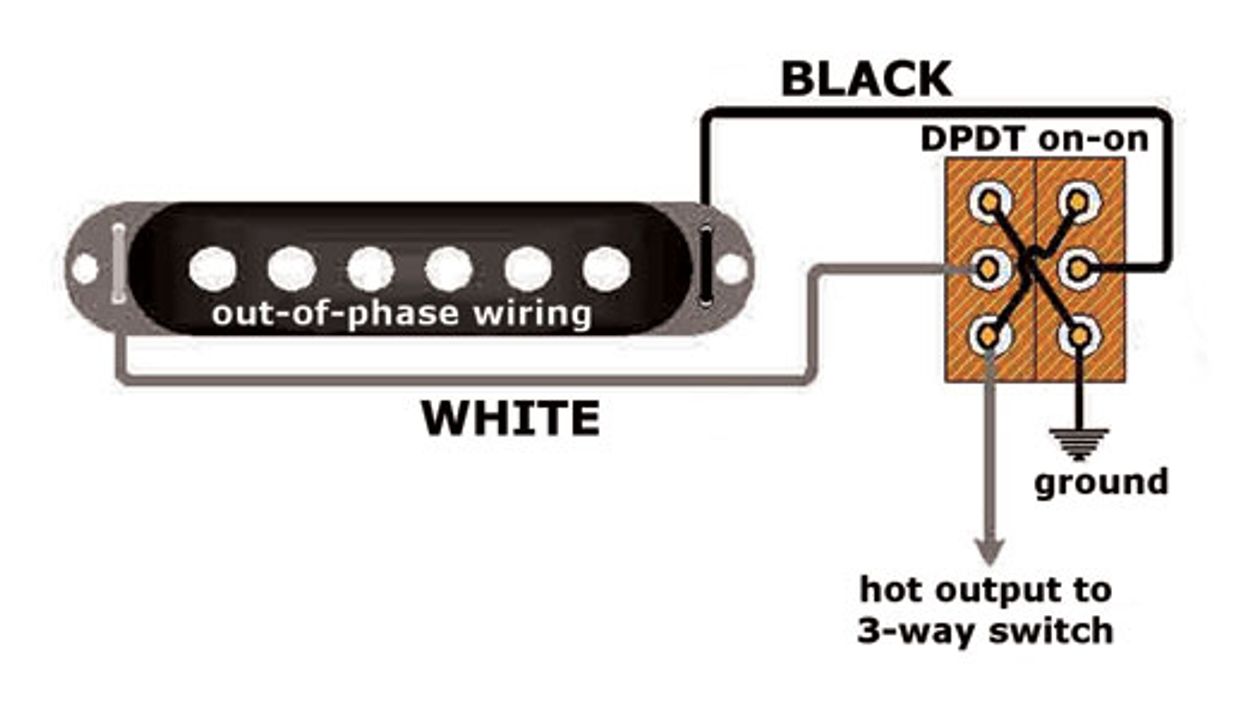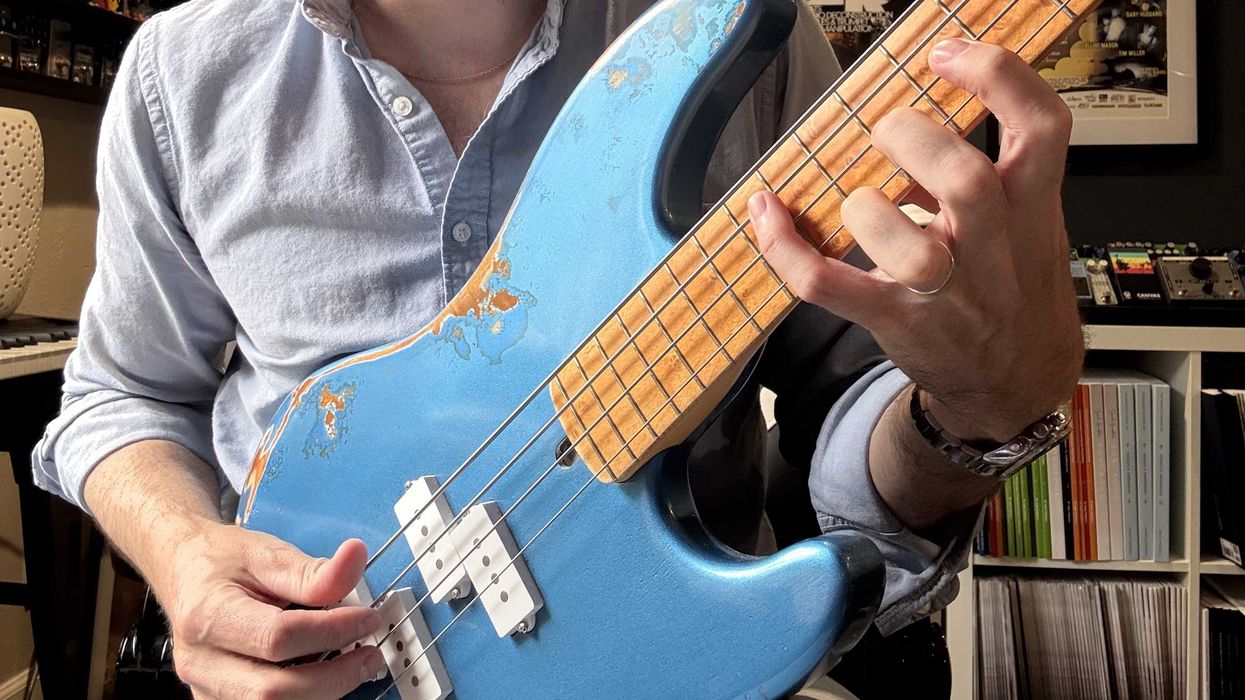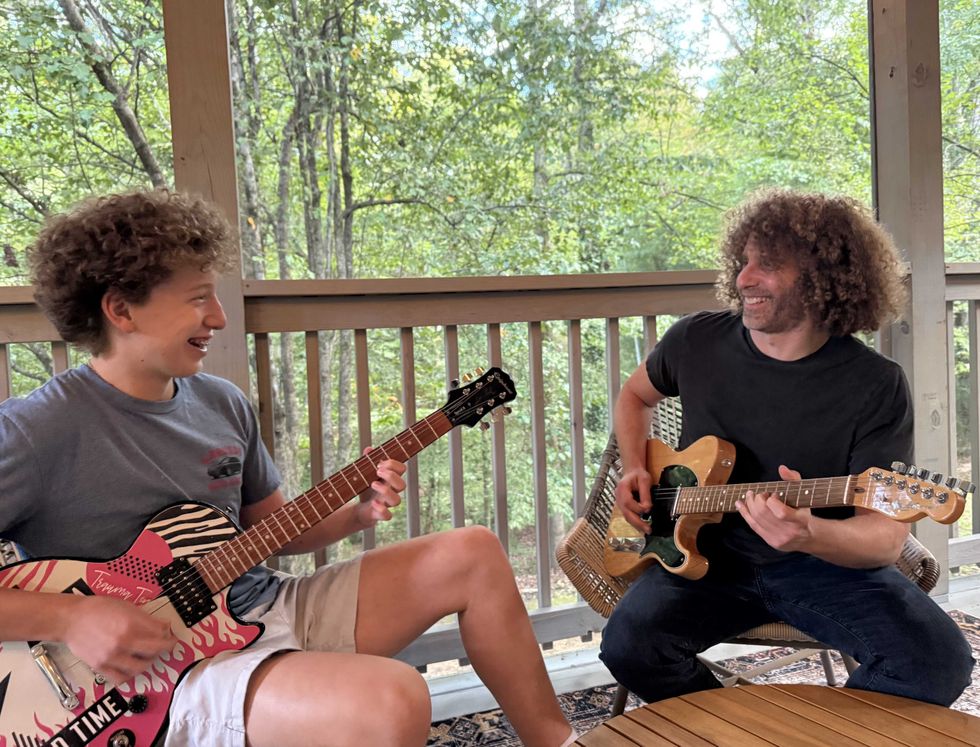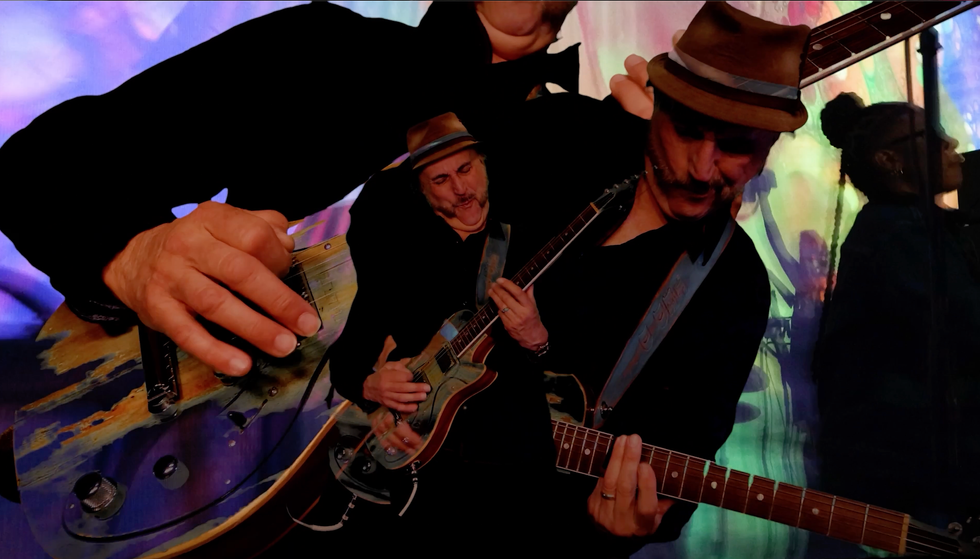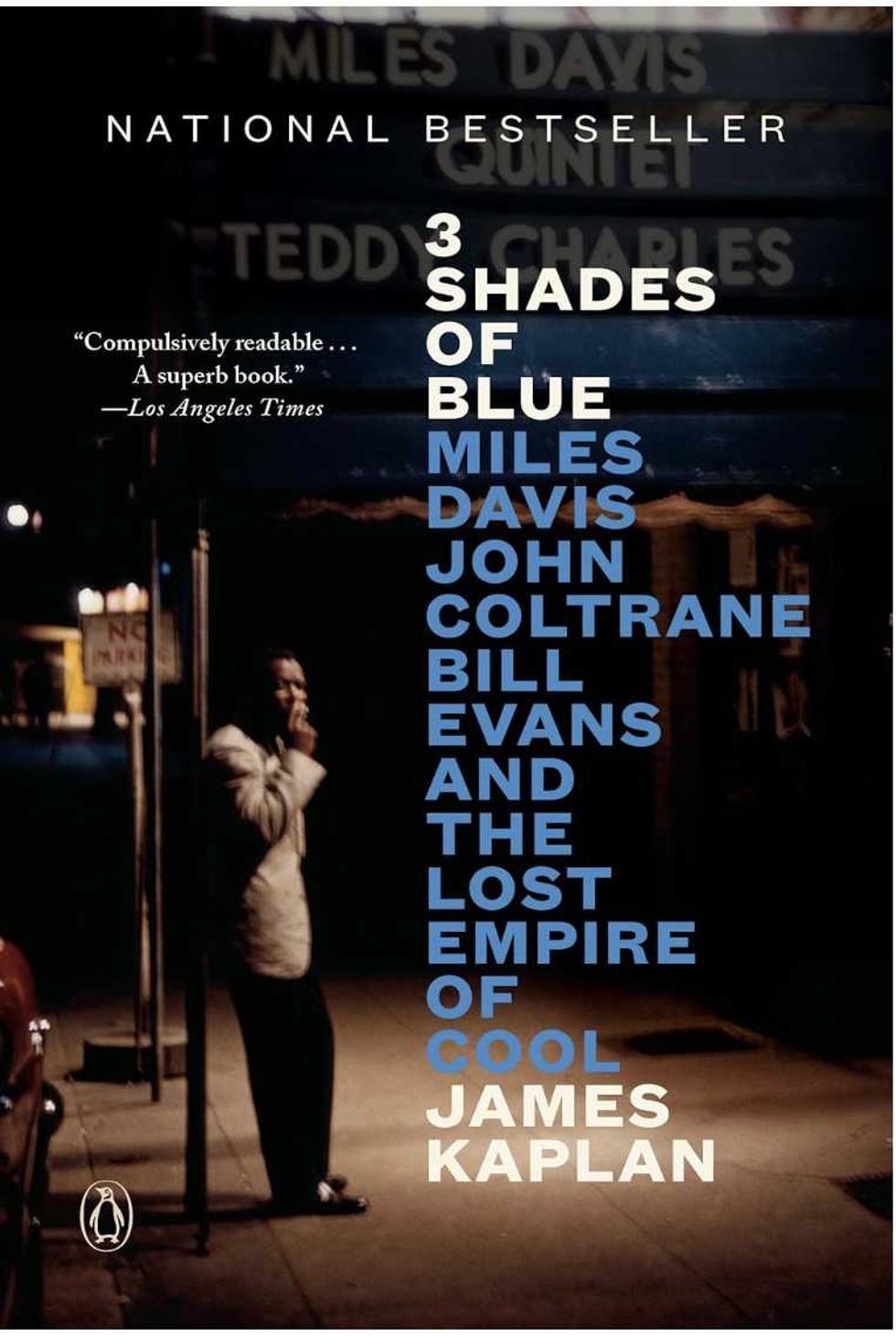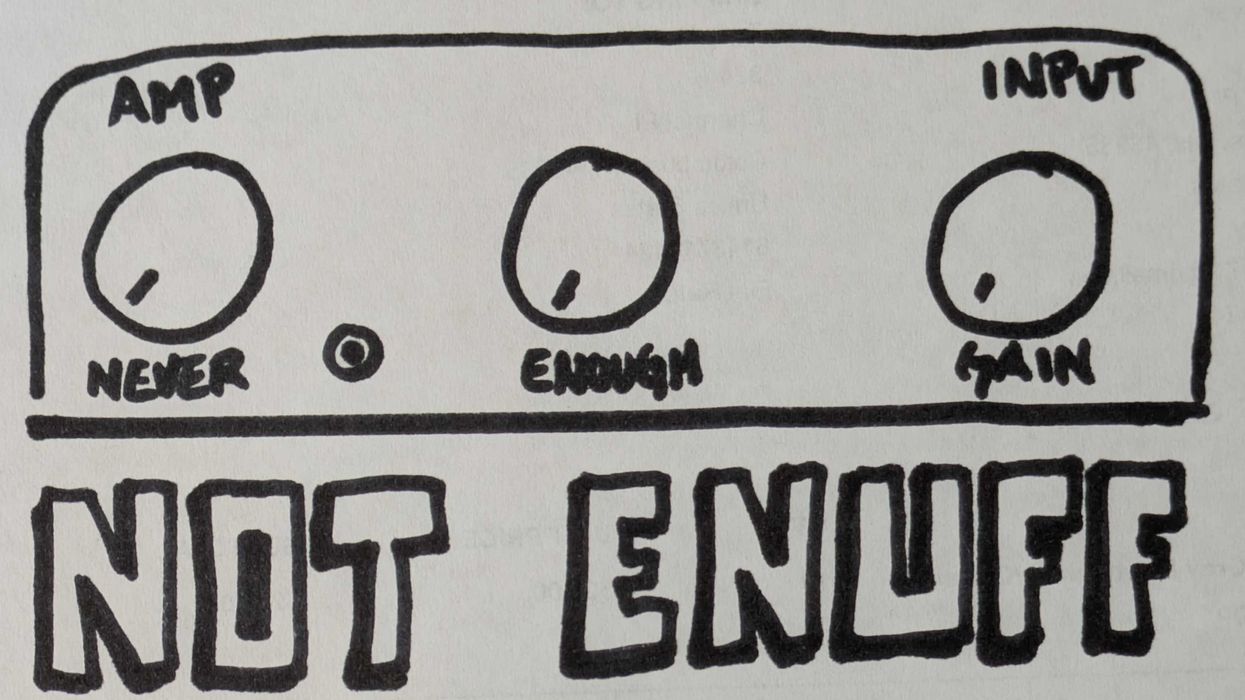Now that we've investigated the Telecaster's bridge and neck pickups individually, it's time to have some fun with both pickups together. Are you ready to learn how to get out-of-phase sounds from a Tele? In this column we'll cover the electrically out-of-phase mod, not the magnetically out-of-phase version. (The latter, which involves modding a pickup, will be the subject of a future column.)
How it works. First, it's important to understand the basic principle: To get this out-of-phase effect, you need to use two pickups together, with one of them wired in reverse phase relative to the other. When two pickups are in phase, they reinforce each other sonically. When they're in opposite phase, many frequencies are canceled. What we hear are the “leftovers" from these cancellations. The closer the two pickups are physically, the greater the cancellations, which results in a thinner sound and reduced volume. That's why it's better to use the neck and bridge pickups for out-of-phase wiring than to pair either one with a middle pickup. You want as much distance between the two pickups as possible.
What does it sound like? Basically, it's a squawky “inside-out" sound in which two pickups that normally sound full and rich are turned into a thin and shrill couple. Why would you want that? It's great for reggae or funk, where a thinned-out tone sits well in the mix. Also, this sound cuts through effects or heavy distortion that would otherwise make your tone too muddy. Brian May takes advantage of this with his Red Special guitar, with its individual out-of-phase switches for each pickup. He often used this sound on Queen recordings to clarify his tone while using heavy distortion.
The first famous musician to discover the out-of-phase glories of a Telecaster was James Burton, and he did so by accident. He says he stumbled on this sound on his stock-wired late-'50s Telecaster while backing up Ricky Nelson. Burton found he could get the sound by setting the 3-way pickup selector between positions (similar to what Strat players did to achieve position 2 and 4 before the 5-way switch became standard). He called it his “little Chinese tone." You can hear this on many famous Ricky Nelson records, including Burton's solo on “Travelin' Man."
Heat up the soldering iron. To put our Tele pickups electrically out of phase—and have the ability to switch back to the stock sound—we use a phase-reversal switch as shown in the diagram. Which of the two Tele pickups should you connect to the phase switch? It doesn't matter —it sounds the same either way.
But first, it's very important that you've done the pickup mod we discussed in “Preparing Your Tele for Future Mods," available at premierguitar.com. This entails disconnecting the bridge pickup's ground from the metal base plate or the neck pickup's ground from its metal cover. The new, third ground wire connected to the base plate or metal cover always stays connected to ground, while the pickup's ground wire is the one that has to be connected to the phase switch. Naturally you only have to do this mod to the pickup that will be connected to the phase switch; the other pickup can stay stock.
You can use any DPDT on-on switch for this mod. A perfect location for the switch is on the control plate. Simply drill a small hole between the volume and tone controls and mount the switch there. Or you can use a push/pull or push/push pot for the switch, replacing one of the conventional pots.
The wiring is fairly simple: Solder the two jumper wires on the phase-reverse switch as shown in the diagram. Choose one of the pickups and unsolder the two pickup wires where they connect to your guitar. Solder the phase switch “out" wires (hot and ground) to the exact spots where the pickup wires were before. Solder the two pickup wires to the input terminals on the phase switch. Mount the switch to the Telecaster's control plate and start enjoying the new sound.
And now, breaking news. After eight years—a freaking long time for a monthly column—we're going to update the basic concept of Mod Garage. Originally, we set out to explore a particular model of guitar in depth with a series of columns dedicated to it alone. We've done this with the Stratocaster, Esquire, and Telecaster. Starting next month, we'll change the guitar model from column to column. We'll also make each article self-contained, so new modders will find it easy to join the fun without having to read several previous parts to catch up. We're excited about “Mod Garage 2.0," so please let us know what you think. Meanwhile, keep on modding!
